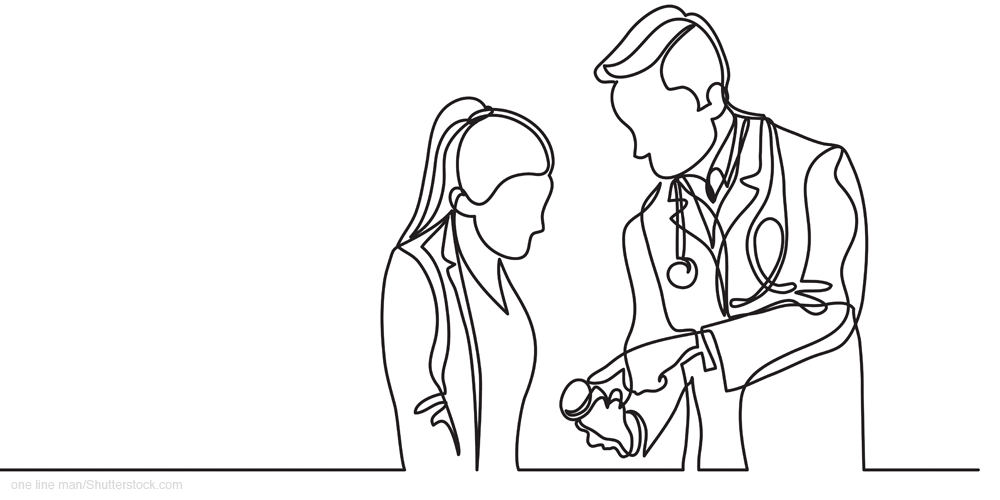Every Patient is Unique
Pharmacogenomics helps pharmacists recognize how every patient requires a different approach.

Although the United States of America is frequently referred to as “the great melting pot,” I prefer to look at our citizens in a different light. Rather than a giant homogenous mixture, as a melting pot captures, I think of our culture as a stained-glass window.
Each of us is indeed a colorful and unique creation welded together to make a beautiful picture known as society. Bound by rules and economic principals, we as unique pieces contribute to the big picture.
Related article: Pharmacogenomics and the Future of Pharmacy
Pharmacogenomics, the hot topic in community pharmacy practice today, illustrates very well that our individual genetic makeup is what drives our ability to derive benefit or harm from specific drugs.
Because of the intermarrying between ethnic groups, the longer we live in America the closer we are to approaching the melting pot analogy. A few generations back, a lot of genetic tendencies could be ascertained by simply seeing someone’s last name. Today however, last names provide little information about the patient’s ethnic group. My grandson, Luke Garofoli, has twice as much “German blood” as he has “Italian blood.” Even though his last name is tied to a vineyard and winery in the Marche region of Italy, his genetic makeup is closer to the Biergartens of Munich!
Currently, we are blessed to have a student pharmacist from the University of Pittsburgh School of Pharmacy doing our rotation. She is a charming and vibrant young woman who was born in Beijing and whose family moved to America when she was two years old. Knowing that information, I’m sure if she was prescribed carbamazepine, we would, as advised by the carbamazepine package insert, recommend HLA-B*1502 genetic testing to minimize the risk of Stevens-Johnson syndrome. Also, we’d never start her father on any dose of rosuvastatin higher than 5 mg.
Depending on where you practice, those patients standing on the other side of your counter might be unique in their pharmacogenetic profiles. One might assume Central Pennsylvania, where I practice, is a very “vanilla white” area, but it actually has a rich cultural diversity due to our proximity to a major university.
My wife Denise was once asked a question by the OB/GYN department at her clinic in State College, PA. They had a patient who was of Iranian descent, was pregnant, had glucose-6-phos-phate dehydrogenase deficiency, and was allergic to penicillin. This rules out virtually every common antibiotic class, but fortunately for the patient, my wife was able to recommend fosfomycin (Monurol) as the only appropriate choice.
Although I frequently refer to myself as being one of those “vanilla white” patients, I was amazed when my genetic profile showed that I am a weak metabolizer of CYP-450-2C19. If I were to get stented and need anti-platelet therapy, that very common drug we buy in thousands called clopidogrel (Plavix) might not give me the benefits I need, and potentially could cause a stroke.
Related article: The 3 Keys to a Successful Genetic Testing Program
Pharmacogenomics is indeed one interesting facet of community pharmacy practice, and for a few specific drugs, it might be the difference between desired or unfortunate outcomes. Every patient is unique, and their piece of stained glass adds to the beauty of our big picture.
There are more colors of stained glass standing in our pharmacies than we might have envisioned.
My words of wisdom to our newest clinicians are that those case studies you see in pharmacy school are frequently real people standing on the other side of your counter. You need to know your stuff!